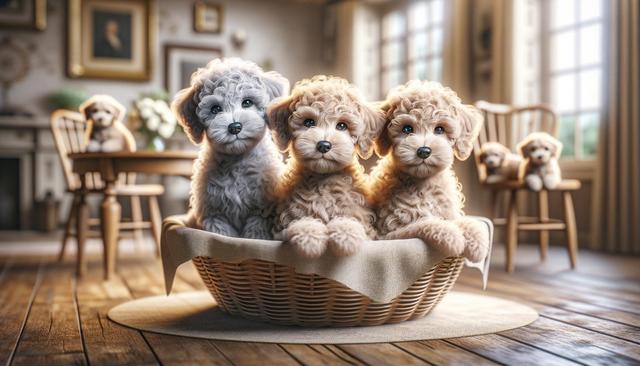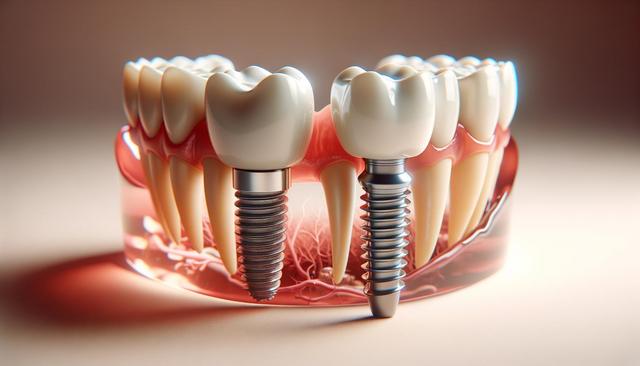Understanding the Schnoodle Breed
Schnoodle puppies are a cross between a Schnauzer and a Poodle, combining the strengths of both parent breeds into one adorable package. This hybrid breed has gained popularity due to its affectionate nature, intelligence, and low-shedding coat. Depending on the size of the parents, Schnoodles can range from small to medium in size, making them suitable for various living environments, including apartments and family homes. Their appearance can vary, but most Schnoodles have a soft, curly or wavy coat and expressive eyes that reflect their lively personality.
Because they inherit traits from two distinct breeds, Schnoodles often benefit from hybrid vigor, which can lead to better overall health and vitality. However, it’s important to choose a reputable breeder who tests for common health issues in both Schnauzers and Poodles. Early socialization is also key to ensuring they develop into well-rounded adults.
Temperament and Personality Traits
Schnoodle puppies are known for their friendly and engaging personalities. They are typically sociable, eager to please, and form strong bonds with their families. Their intelligence and desire to interact make them trainable and responsive to positive reinforcement. These puppies often thrive in households where they receive plenty of attention, playtime, and mental stimulation.
Here are some common personality traits of Schnoodles:
- Friendly and affectionate with family members
- Alert and sometimes protective, making them effective watchdogs
- Energetic and playful, especially during puppyhood
- Adaptive to different living environments and lifestyles
Despite their outgoing nature, some Schnoodles may inherit a cautious or reserved streak from their Schnauzer lineage. This can make early exposure to a variety of people, sights, and sounds particularly beneficial.
Training and Mental Stimulation
Due to their high intelligence, Schnoodle puppies typically respond well to training. They enjoy learning tricks, commands, and participating in activities like agility or obedience classes. Consistent, positive reinforcement methods are the most effective approach, as harsh corrections can lead to anxiety or stubbornness.
In addition to basic obedience, Schnoodles benefit greatly from mental stimulation. Boredom can lead to undesirable behaviors such as chewing or excessive barking. Enrichment activities to keep a Schnoodle engaged include:
- Puzzle toys that challenge their problem-solving skills
- Interactive games like hide-and-seek or fetch
- Short, engaging training sessions throughout the day
- Supervised play with other dogs or visits to dog parks
Establishing a regular routine that includes both physical and mental exercise helps Schnoodle puppies grow into balanced and well-mannered dogs.
Grooming Needs and Coat Care
One of the advantages of Schnoodle puppies is their low-shedding coat, which is often inherited from their Poodle parent. While this makes them a popular choice for individuals with mild allergies, it also means that regular grooming is essential to keep their coat healthy and free of mats.
Grooming requirements can vary depending on the coat type, but in general, Schnoodle owners should expect to:
- Brush their puppy’s coat at least 2–3 times per week
- Schedule professional grooming every 6–8 weeks
- Clean their ears regularly to prevent infections
- Trim nails to avoid overgrowth and discomfort
- Brush teeth several times a week for good oral hygiene
Establishing a grooming routine early in life helps Schnoodle puppies become comfortable with being handled, which makes future grooming sessions much easier for both the pet and the owner.
Is a Schnoodle Puppy Right for You?
Schnoodle puppies are a great match for many types of households, from singles and seniors to families with children. Their affectionate nature and adaptability make them well-suited for various lifestyles, but it’s important to consider the time commitment required to raise a happy, healthy pup. They thrive with engaged owners who are ready to invest in training, socialization, and daily activity.
Before bringing a Schnoodle puppy home, potential owners should consider:
- Whether they have time for daily walks and play sessions
- Their ability to maintain grooming routines
- Access to quality veterinary care and a healthy diet
- Willingness to attend training classes or work on behavior at home
With the right environment and care, a Schnoodle puppy can grow into a loyal, fun-loving, and deeply connected companion that brings joy to any home.




Leave a Reply